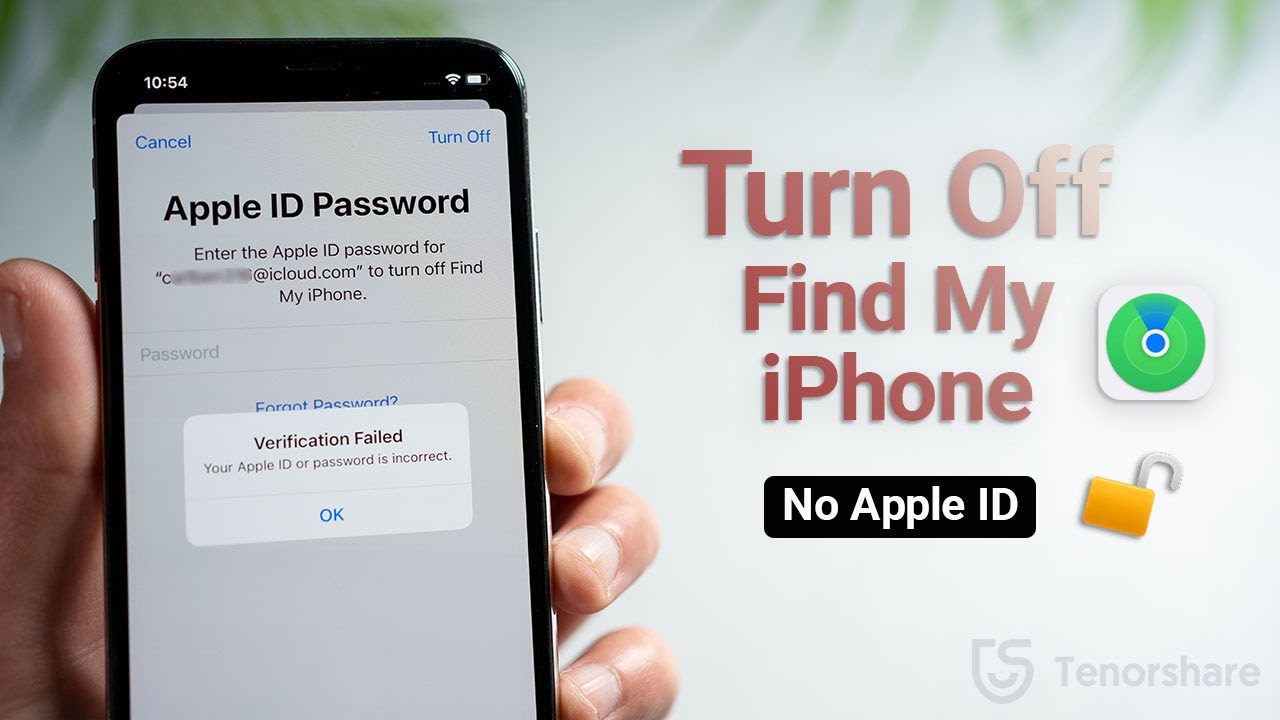How to Turn Off Find My iPhone on Another Device

If you are using an iPhone, you are probably wondering how to turn off Find My iPhone on another device. If so, then this article will help you. You will find out how to turn off Find My iPhone remotely and how to disable FaceTime between an iPhone and an Android. You will also learn how to turn off Activation Lock on an iPhone. Keep reading for more information on these topics. Until the next article, happy browsing!
Removing your iPhone from iCloud is easy and effective. The first step is to open LockWiper on your PC. Then, launch the app and select “Unlock Apple ID”. Connect the iPhone to the computer using a compatible lightning cable. Make sure your iPhone is unlocked before continuing with the procedure. Be sure to select the “Trust Computer” option. Then, the program will begin the iCloud account removal process. Don’t worry – the process won’t fail if you disable Find My iPhone.
Removing your iPhone from iCloud
To remove your iPhone from iCloud, log into your Apple ID and choose settings. Scroll down to the top-right corner of the menu and tap on the “iCloud” option. Tap the device you want to remove from your account. Note that doing so does not delete any data from your iPhone, but will remove it from iCloud. You can use the same Apple ID to connect other devices and make purchases.
If you forgot your iCloud password or Apple ID, you can always remove it by deleting your iCloud account. Before you delete your iCloud account, make sure to back up your iPhone. This will help you recover any information you may have lost. Just make sure to make a copy of your important documents and data before you remove your iCloud account. However, if you don’t remember your password, there are some alternatives you can try.
If you want to remove your iPhone from iCloud, you have two options. In the iCloud settings panel, tap “Sign Out,” or “Delete Account.” This will log you out of your iCloud account, but will not remove your iPhone’s files and settings. Also, you can remove your calendar and contacts from the cloud. However, you can’t remove the data from your new iPhone if it’s linked to the same Apple ID.
Steps to Remove your iPhone from iCloud
After you’ve completed all the steps to remove your iPhone from iCloud, you’re done. After you remove your iPhone from iCloud, you’ll need to deactivate it with your carrier. This will also make sure that you’re no longer using the device. Depending on the reasons you’re trying to remove your iPhone from iCloud, you may need to log out of your Apple account.
When selling or giving away your iOS device, you’ll want to remove your iCloud account before selling it. If you’ve decided to donate your phone to a friend or charity, you’ll want to make sure that you remove all of your personal information from it. If you’re donating your iPhone, you’ll want to remove your iCloud account, too, so you’ll be sure the new owner will use it to the fullest.
Factory-resetting your iPhone doesn’t affect iCloud. It will still retain backups of your previous iPhones, but if you’ve changed your mind, you can reconnect it to iCloud to recover the files. Just make sure to back up your data before doing this, or else you’ll lose everything. In any case, make sure to backup all of your files before you factory-reset the phone.
Remotely turning off Find My
One of the most useful features of the iPhone is the ability to turn off Find My iPhone remotely. This is useful when you need to find it, but it’s also handy to turn off before you leave. Fortunately, you can turn off Find My iPhone remotely using various methods. Read on to learn how to do so. Alternatively, you can access the app on your computer, and then sign in to your Apple ID using your password.
The first step is to open Settings on the other device. Go to iCloud. Choose Trusted Factory Reset from the left-hand menu. If you don’t know where you installed Find My iPhone, head to the Settings page. Tap Trusted Factory Reset to complete the process. Once the process is complete, your device should be disconnected from the account. If you want to remove it completely, you can restore it from an iCloud backup.
If you’ve lost your device or are selling or giving it away, restoring it to its factory settings can be a good way to remove the Activation Lock. However, this method might not work all the time, so be sure to back it up before you attempt to remove it. Likewise, you can’t guarantee that restoring your device will remove Activation Lock completely, so restoring your device before trying to use it is recommended.
Use Find My app
Once logged in to iCloud, launch the Find My app. Sign in to your account. You’ll be prompted to enter the number of the device. You can also see its current location and last known location. Also choose to have an audible tone played when the device goes offline. You can use these two features to locate lost devices. This feature is a useful tool in situations when it’s hard to get a hold of the device.
To turn off Find My iPhone remotely, sign into iCloud using your Apple ID and password. Then, click on the green link that says “Remove from account”. This step is useful when the device has been inactive for a long time. If you have lost or misplaced the device, remote erasure will erase the contents of the device, but not the backups. Once you’ve successfully performed this action, you’ll be sent a confirmation email that you’ve completed the process.
If you lose your iPhone, you can also enable Lost Mode. This feature locks the device and prevents notifications from appearing on the lock screen. This mode will also continue to track its location while ringing for FaceTime and incoming calls. You may want to disable Apple Pay on your device if you’re not able to locate it. Otherwise, you can disable it by setting a passcode on it.
Removing your iPhone from Activation Lock
If you want to remove your iPhone from the activation lock to turn off find my iPhone on another device, you need to provide the previous user with the credentials necessary to unlock the device. You can contact the previous owner of the device and ask for the credentials, or you can reset your phone and use standard activation procedures to remove the activation lock. If you’re unsure about these steps, consult Apple support.
Another way to remove the activation lock on your iPhone is through iCloud. After you sign out, you’ll be directed to a webpage where you can see all the devices that are linked to your iCloud account. Once you’ve clicked “Erase my iPhone”, you’ll need to confirm that you want to erase all the content on your device. Once you have confirmed this, the Activation Lock will be permanently disabled on your iPhone.
If you’re concerned about a second-hand iPhone, it’s worth taking steps to un-activate your device. Apple stores both your device’s Apple ID and its serial number in their database. Bypassing Find My iPhone will only be possible if you have proof of ownership of your device. Then, if you’re unsure, simply contact Apple Support and let them know your device’s serial number.
Use Activation Lock from your iPhone
Before removing the Activation lock, sign out of the previous iCloud account. This will prevent unauthorized access to your iPhone and other devices. You can also check to see if the previous owner removed the Apple ID before selling it. If your iPhone has been stolen or lost, sign out of your iCloud account. And before doing anything else, remember to backup your data before removing the activation lock.
To remove the Activation Lock from your iPhone, you will need to have the Apple ID of the device on hand. If you’re unsure of how to do this, you can use MobileIron Core to generate device-specific bypass codes. Select the Send Activation Lock Bypass action in the Settings menu. You’ll then be asked to enter the code for your target device.
Activation Lock is useful when a user has to leave the company and wants to retain ownership of his or her device. However, the device might become misplaced and in the wrong hands, and it is difficult to retrieve the Apple ID and password. When this happens, the device can be reassigned to another department. If it is not locked, this option will prevent the reassignment of the device.




